By Johanna Menzel
Wine stands for culture, lifestyle and enjoyment. It rounds off a dinner or gives comfort in less good times. Wine lovers come together all over the world to celebrate the noble drop at a wine festival, to taste it at wine tastings or simply to enjoy the evening with friends over a glass of wine. In this blog, we have compiled the best wine areas to enjoy wine on the local market. We also talk about the most popular wine festivals in these areas.
Wine areas: Rheinhessen, Germany
Rheinhessen is Germany’s largest wine region, with more than 26,500 hectares of vineyards. The region is famous for its Riesling wines, as well as the Silvaner grapes that grow on the mountains along the Rhine. 78% of the cultivated wines are white wines. Rheinhessen offers ideal conditions for growing wine: Steep slopes on the western bank of the Rhine, many hours of sunshine, low precipitation and excellent soil conditions. Everything that makes the heart of the local winegrowers beat faster.
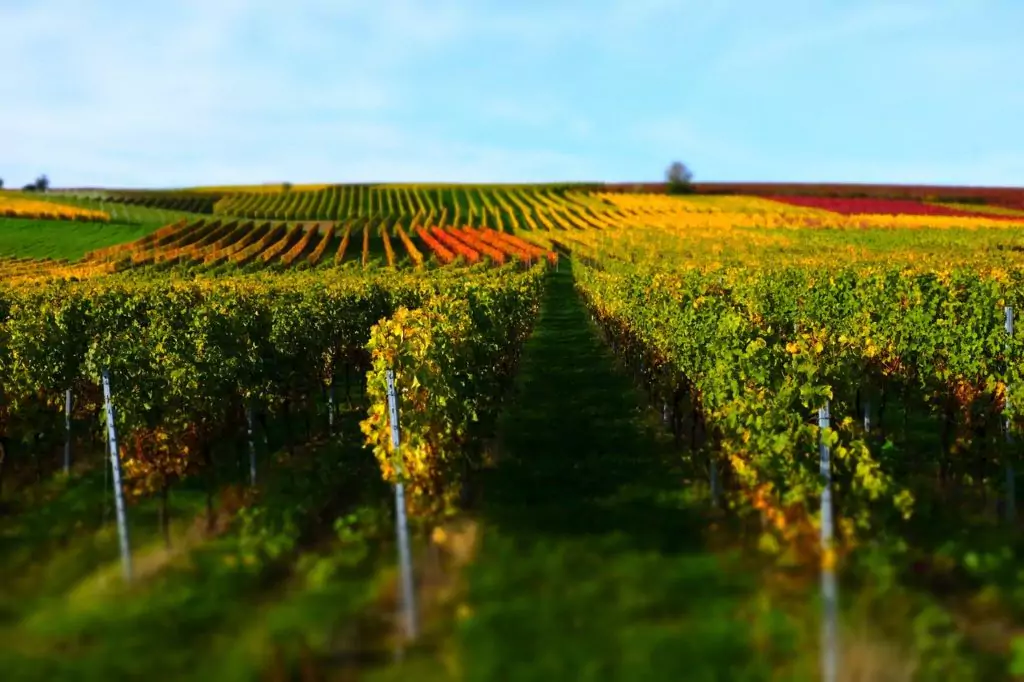
Rheinhessen is also superior to all other wine areas in Germany when it comes to organic wine growing. There is a long tradition of organic winegrowing in Rheinhessen, the expertise is growing, and everyone benefits from the exchange of know-how. The wines are not only appreciated in Germany but have made a name for themselves worldwide.
The high-quality level of the wines has been confirmed once again: since 2008 Rheinhessen has been one of the “Great Wine Capitals” an international network of the best wine metropolises.
Thanks to the winegrowers’ eagerness to experiment and the diversity of grape varieties, Rheinhessen has great potential to remain at the forefront of wine regions in the future.
Mainz wine market
This wine festival takes place in the incomparable atmosphere of the Mainz city park and offers visitors a wide range of culinary and musical delights towards the end of August/beginning of September every year. In addition to wines from the region, international wines from the other “Great Wine Capitals” are offered as well.
As part of the “Schlenderweinprobe” you can experience a romantic walk through the park and taste different wines at nine wine stands. Besides this offer, there is also an “All-Inclusive” package, which will make your visit to Mainz unforgettable. In addition to the wine tasting just mentioned, the package includes an overnight stay with breakfast, the use of public transport, a guided city walk and a discount on souvenirs in the tourist center.
Kellerweg wine festival Guntersblum
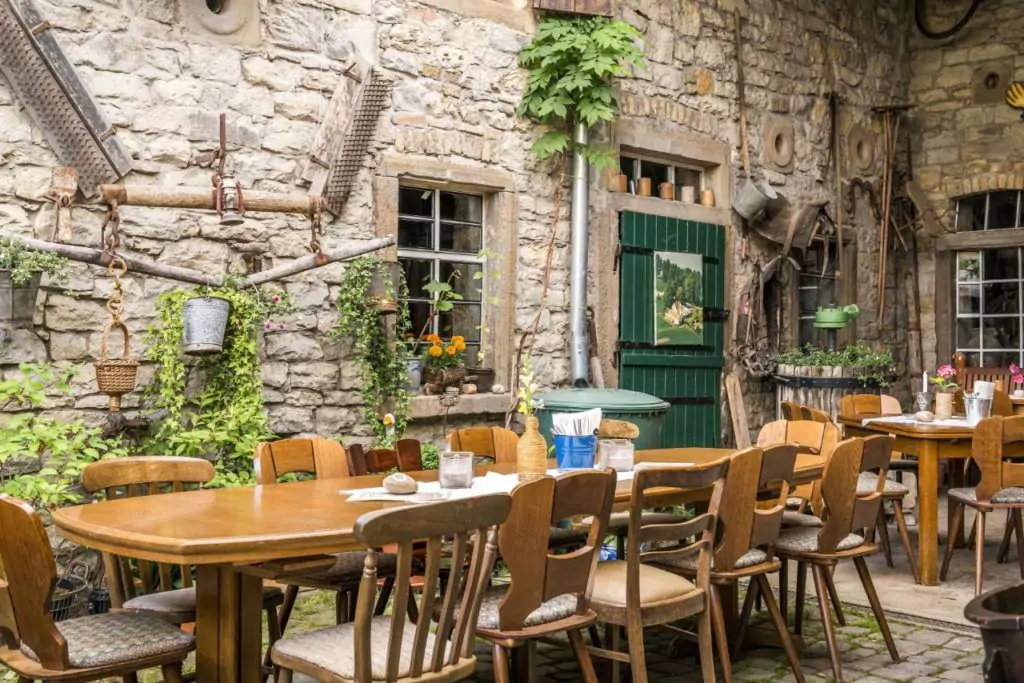
The Kellerweg Festival takes place every year on the last two weekends in August and has become the largest wine festival in Rheinhessen. Despite its size, the festival has not lost its family character. Here you can relax with your loved ones and spend wine-rich hours together. The name of the festival comes from the Kellerweg (cellar path), which is located at the Guntersblumer vineyards. It is about 1000 m long and invites you to linger with more than 35 wine cellars and other stands. In the middle of the path, around the Julianenbrunnen, there is a large area for dancing and sitting. This is the best place to admire the opening fireworks on the first weekend.
The wines are served exclusively in the annually newly designed wine festival glass, which must be purchased and serves to finance the festival.
DOCa Rioja, Spain

The wines of the Rioja region are known worldwide and are distinguished by their low acidity. The region consists of three different parts: Rioja Alavesa, Rioja Baja and Rioja Alta. The different sub-areas are located in different climatic zones, determined by different altitudes and the influence of the Atlantic Ocean. These differences, together with different soil compositions, mean that Rioja wines vary in acidity, alcohol content, lightness and freshness.
More than 61,000 hectares of vineyards are cultivated in the region. Around 200 million liters of wine are produced annually. The region owes its name to a river, the so-called “Río Oja”. The Tempranillo grape, which gives the Rioja jewels elegance and character, is cultivated in the Rioja region to a large extent. Also, the red grape varieties Garnacha, Mazuelo and Graciano, as well as the white varieties Viura, Malvasia and Garnacha Blanca.
The Rioja region: wine as far as the eye can see. But between the vines, here and there bizarre buildings shine out. The story behind the architectural features is easy to explain. Although the Rioja wines are known and loved all over the world, very few tourists have come to the region to taste and buy the wine directly from the winemaking families. For this reason, many first-class hotels and restaurants have been built, which are supposed to be tourist magnets in the architectural sense. For example, Hollywood stars such as Brad Pitt and Angelina Jolie stayed at the hotel of the winery Los Herederos del Marqués de Riscal.
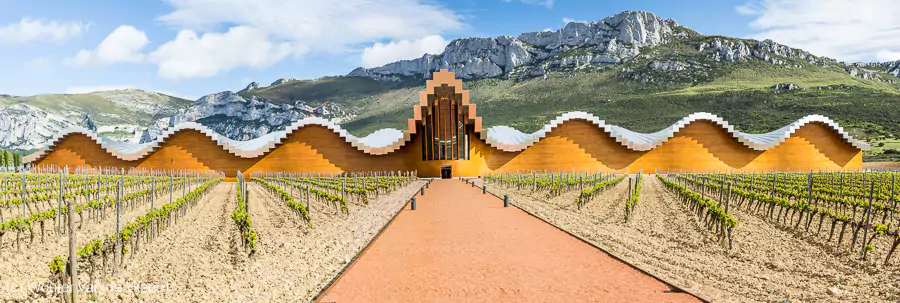
The quality of the wine region is also demonstrated by the fact that its protected designation of origin (Denominación de Origen) has been extended with the “calificada” (qualified) label. Since 1991, the Rioja region has thus been recognized as a Denominación de origen calificada (D.O.C.). In order to receive this distinction, a region must meet a series of specific quality requirements, which Rioja, together with Priorato, is currently the only Spanish region to do so.
Wine festival in the Rioja region: San Mateo festival
Around September 21st, the capital of Rioja, Logroño, hosts a week-long annual party full of grape stomping, parades through the city, live music, cattle drives, fireworks, and lots and lots of wine. The winemakers come together, pour their grapes into a large vat and two Riojans, dressed in traditional costumes, pound grapes for the first time in the year to pay homage to the Rioja patron, Virgen de la Valnavera. The spectacle is accompanied by local celebrities, such as the Wine Queen, who is newly elected each year, and some pilgrims who get lost on their pilgrimage to the inconspicuous metropolis. This is what gives the San Mateo festival its charm: the inhabitants tend to be among themselves and as a tourist you get unique insights into the Rioja wine culture.
Wine areas: Bordeaux, France

The UNESCO award-winning port city of Bordeaux in the southwest of France is the gateway to the world’s most famous vineyards with many extraordinary treasures to be discovered. The vineyards of Bordeaux cover 115,100 hectares and the annual production of wine is around 860 million bottles of wine, 89% of which are red and 11% white. The Bordeaux region produces large quantities of everyday wine as well as some of the most expensive wines in the world. Red wines are generally made from a blend of grapes and can be made from Cabernet Sauvignon, Merlot, Cabernet Franc, Petit verdot, Malbec and, less frequently in recent years, Carménère. White Bordeaux is obtained from Sauvignon blanc, Sémillon and Muscadelle. About 70% of Bordeaux wine is sold on the French market; the rest is exported to the whole world.
The wines produced in the region all have a common style. Not a certain taste, but rather a particular character, expressed through a balance of concentration and strength with finesse and elegance. In addition to the mild climate and the variety of soil conditions, this is mainly due to human intervention, such as the “assemblage” process, in which different types of wine are mixed together before bottling, and the experimental pairing of grape varieties with different soils. Not only connoisseurs associate the term Bordeaux with particularly expressive, rich, full-bodied and above all expensive wines.
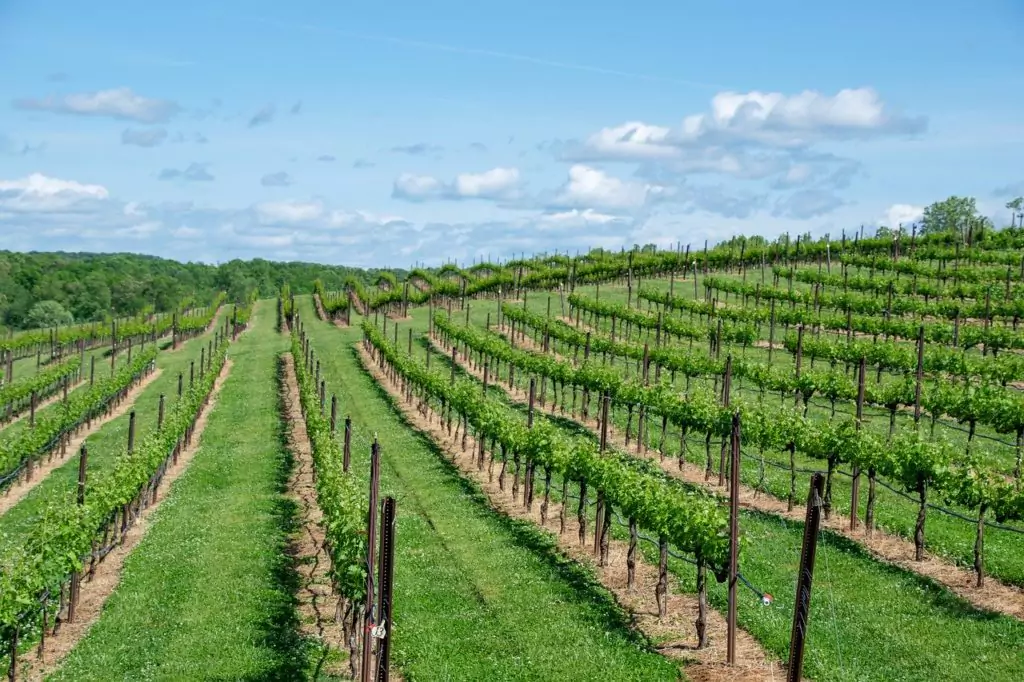
Bordeaux Fête le Vin
Every two years, wine lovers in Bordeaux can enjoy the one hundred percent wine pleasure. The wine festival was first held in 1998 and was founded to promote the transformation of the city into a metropolis. The two-kilometer “route des vins sur les quais de la Garonne” stretches through the old town. Here visitors can sample regional food and wine at food trucks, bistros and wine stands. At the Fête le Vin, visitors can not only enjoy wine, but also take part in various wine workshops. Would you like to visit the Bordeaux wine festival? You are lucky, because it takes place in June this year! Book your Tasting Pass right now, which comes with a wine glass and holder, allows you to sample 11 different wines and even includes a workshop!
Lausanne, Switzerland
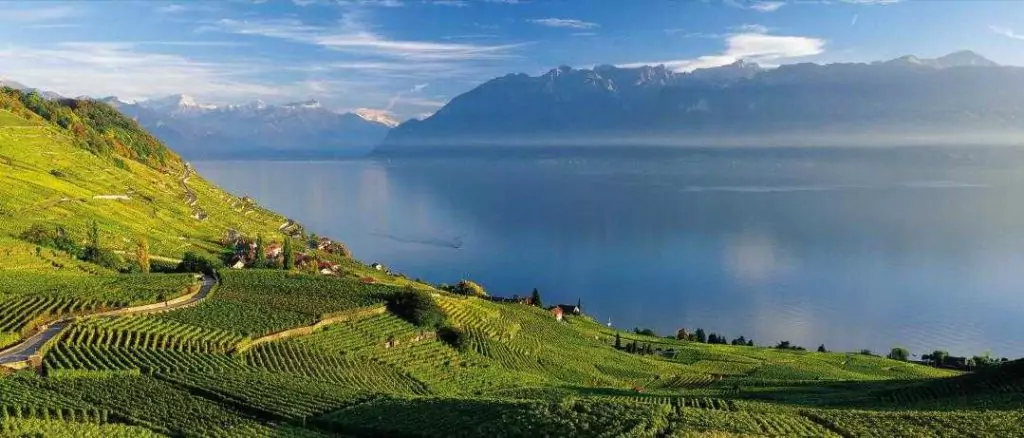
Lausanne is located in the French-speaking part of Switzerland, opposite the Alps on the shores of the country’s largest lake, Lake Geneva, and is surrounded by nature and vineyards. The city is also often called “olympic capital”, as the International Olympic Committee is based here, as are many other international sports institutions. The city is therefore very attractive for sports fans, but also for gourmets, as some of the best chefs in the world have settled in Lausanne and offer regional wine. The most famous vineyard is probably the Lavaux vineyard, which is a UNESCO World Heritage Site. It can be reached by regional train from the city center in just 10 minutes. As soon as you leave the tunnel at Puidoux, you can catch a first glimpse of the picturesque vineyards terraced by monks on the shores of the lake. Not for nothing is this one of the most beautiful landscapes in Switzerland. Most of the wine terraces are covered with the full-bodied white wine Chasselas grapes, but also Pinot Noir and Gamay grapes. Well laid out hiking trails lead through the wine terraces. Many walkers and hikers seek relaxation and recreation in the Lavaux wine region. For example, take a guided Wine and Walk Tour, which ends at the wine cellar of Alain Chollet in Daley, a typical family business in the region.
Wine festival in Switzerland: Fête des Vendanges
Vevey, 20 km from Lausanne, is the site of the world’s largest wine festival which is held every 20 years! For three weeks, the Fête des Vendanges transforms the small town of 20,000 inhabitants into a colorful spectacle resembling a state of emergency. Wine stalls, parades, culinary delights and, as the centerpiece, a large stage show presented every day. The festival arena has seats for 16,000 spectators, and renowned musicians and writers perform. The last festival took place in 2019, come and see the spectacle and convince yourself of its greatness:
Wine areas: Limburg, Netherlands
The Netherlands probably doesn’t come to anyone’s mind first when thinking about wine areas, especially because of the cool climate that prevails in this relatively small country. Nevertheless, in the province of Limburg, in the south of the country, you will find a remarkable selection of wineries that produce a wide variety of wines.
So even here on holiday you can enjoy local wine! The approximately 30 winegrowers fill more than 1000 bottles each per year. The vineyards of Maastricht decorate the slopes near the city and are among the oldest in Holland, built in Roman times. Because the climate in the Netherlands is too cool, you will not find traditional grape varieties such as Merlot or Cabernet, but grapes that can better withstand the weather, such as Pinot Blanc, Riesling, Chardonnay and Müller-Thurgau. But also, newer and modern grape varieties are represented here: Regent, Cabernet Cantor, Pinotin, Riesel and Cabernet Blanc. Due to the location, mainly dry white wines come from the Netherlands, as the climate is not warm and dry enough for red wines.
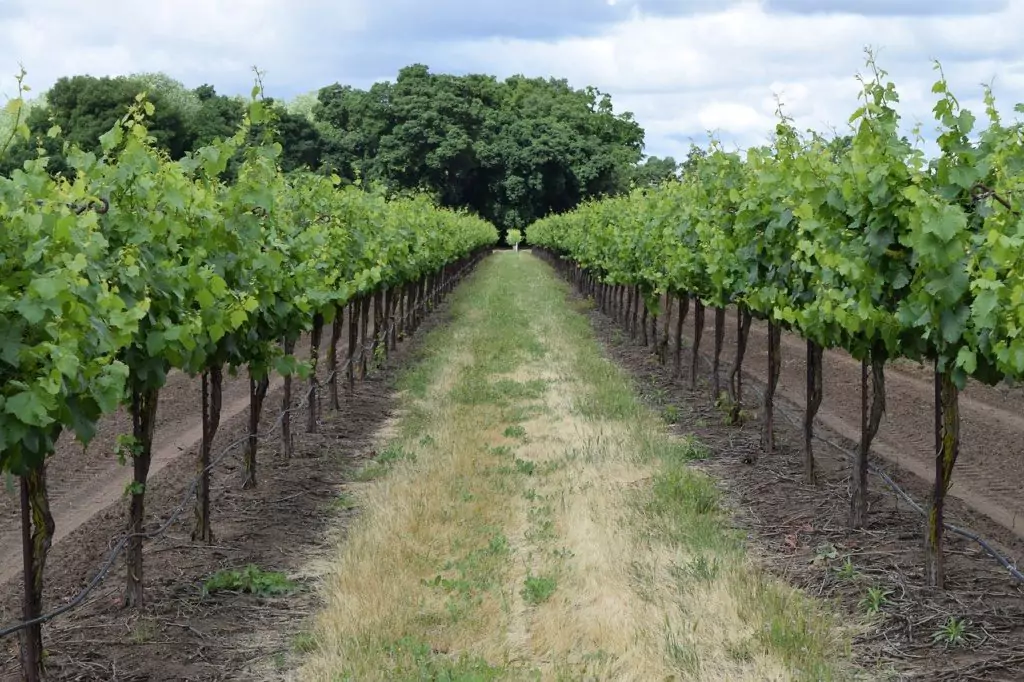
Even a real wine village can be found in the region: Wahlwiller. “Wine village” is written on the village sign and the village even has a wine queen.
Visit the Apostelhoeve winery, for example.
Most of the wine areas with vineyards are located outside large cities and are therefore also some distance from the major airports. Therefore, the journey can take longer and be nerve-racking. Fly Aeolus brings you closer to your destination, as we can also fly to smaller airports with our Cirrus SR 22 aircraft. For example, you don’t have to land at Amsterdam Schiphol Airport, but can fly directly to Maastricht Airport with Fly Aeolus and save a car journey of over 2 hours! Please have a look at our destinations to get an idea where we can bring you. You can also calculate the prices for potential flights.
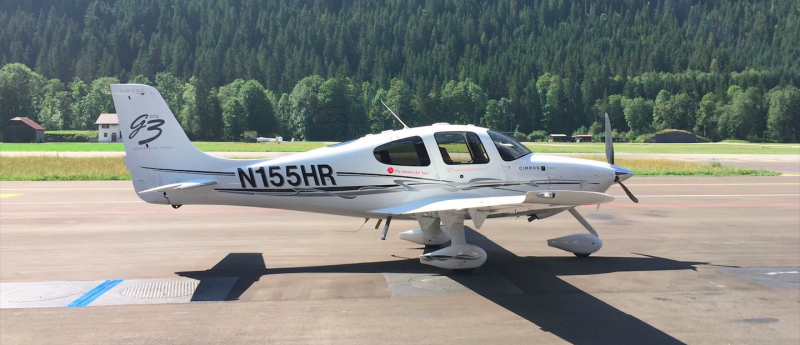
Fly Aeolus is looking forward to hearing from you soon!